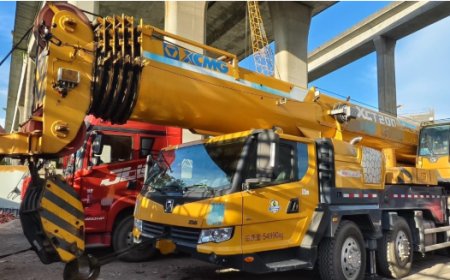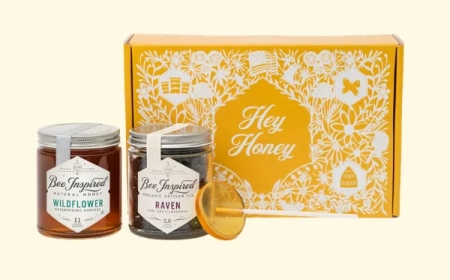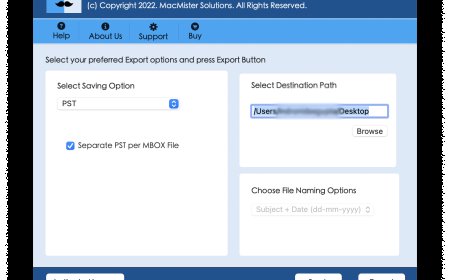Tree Pruning – The Secret to Healthy, Beautiful Trees
Tree pruning is more than a chore — it’s an investment in your tree’s health, safety, and beauty. With the right approach and proper timing, pruning helps your trees live longer, grow stronger, and look amazing.

Tree pruning isnt just about snipping branches here and there its an essential part of tree health, safety, and aesthetics. Whether youve got a single tree in your backyard or a whole grove, proper pruning makes all the difference.
In this detailed guide, well walk you through what tree pruning is, why its important, how often to do it, and why hiring a pro might just be the best move.
What Is Tree Pruning?
Tree pruning is the selective removal of branches or stems to improve the trees structure, health, and appearance. Its done using tools like pruning shears, saws, or pole pruners.
Think of pruning as giving your tree a haircut but one that keeps it strong, safe, and stylish.
Why Tree Pruning Is So Important
Heres why pruning is a must for every property owner:
? Promotes Healthy Growth
Removing dead or diseased branches helps the tree direct energy to healthy limbs.
? Increases Sunlight & Airflow
Better air circulation and light penetration reduce disease and promote photosynthesis.
? Prevents Dangerous Branches
Dead or weak limbs can fall and damage property or injure people.
? Improves Shape & Structure
Helps trees grow upright, balanced, and not too top-heavy.
? Boosts Flowering & Fruit Production
Especially in fruit trees, pruning stimulates new buds and stronger fruit-bearing limbs.
When Is the Best Time to Prune Trees?
Timing matters more than you think.
? Winter (Dormant Season):
Best time for most trees less stress and disease risk.
? Early Spring:
Good for pruning flowering trees right after they bloom.
? Summer:
Okay for light pruning or to remove problem limbs.
? Avoid Fall:
Healing is slower, and theres a higher risk of decay and fungus.
Each tree species has its own ideal timing, so always check before you prune.
Different Types of Tree Pruning
?? Crown Thinning
Removes select branches to reduce density, allowing light and air to flow.
?? Crown Raising
Lifts the canopy by removing lower limbs great for clearing walkways or driveways.
?? Crown Reduction
Reduces the height or spread of the tree to prevent interference with structures or lines.
?? Deadwooding
Removes dead, dying, or diseased limbs to protect tree health.
?? Structural Pruning
Shapes young trees for strong, balanced growth.
Pruning Tools Youll Need
-
Hand Pruners For small twigs and thin branches
-
Loppers For branches up to 2 inches thick
-
Pruning Saws For medium to large limbs
-
Pole Pruners For high branches
-
Chainsaws For big or hazardous limbs (usually pros only)
Always clean and sharpen your tools to prevent disease spread and make clean cuts.
DIY Tree Pruning Tips
Want to prune your own trees? Here are a few golden rules:
? Cut just outside the branch collar (the swollen area where the limb joins the trunk)
? Never remove more than 25% of a trees crown at once
? Use the three-cut method for large branches:
-
Undercut 612" from the trunk
-
Top cut a little further out
-
Final cut at the branch collar
? Dont leave branch stubs
? Dont top trees (removing the top of a tree is harmful and ugly)
? Dont prune in wet weather higher risk of disease
Tree Pruning for Different Tree Types
? Flowering Trees
Prune after blooming to encourage next years flowers.
? Fruit Trees
Annual pruning improves fruit size, shape, and yield.
? Evergreens
Usually dont need much pruning remove only dead or crowded branches.
? Shade Trees
Focus on shape, strength, and removing low-hanging limbs.
How Often Should You Prune?
Heres a general guideline:
-
Young Trees: Every 12 years to shape structure
-
Mature Trees: Every 35 years for maintenance
-
Fruit Trees: Annually
-
Hazard Trees: As needed after storms or visible damage
Why Hire a Professional Tree Pruning Service?
You might be handy with garden shears, but bigger pruning jobs? Best left to the pros.
Heres why:
? Safety Climbing trees and handling heavy limbs is risky
? Knowledge Pros know what and when to prune for each tree species
? Tools They have high-end, commercial-grade equipment
? Insurance Youre covered if something goes wrong
Hiring a certified arborist ensures your tree stays healthy and beautiful for years.
Tree Pruning Costs
Heres what you might expect to pay:
-
Small trees (under 30 ft): $100$300
-
Medium trees (3060 ft): $300$700
-
Large trees (60+ ft): $700$1,500+
Prices depend on tree size, access difficulty, and whether cleanup is included.
Pruning vs. Trimming Whats the Difference?
They sound similar, but they serve different purposes:
?? Pruning
-
Focuses on tree health
-
Removes dead/diseased branches
-
Shapes young trees
?? Trimming
-
Maintains aesthetics
-
Usually refers to hedges and shrubs
-
Keeps trees neat and tidy
Conclusion
Tree pruning is more than a chore its an investment in your trees health, safety, and beauty. With the right approach and proper timing, pruning helps your trees live longer, grow stronger, and look amazing.
Whether you DIY or hire a certified arborist, keeping your trees in shape is one of the smartest things you can do for your landscape.
FAQs
1. Can pruning hurt a tree?
Yes improper cuts or over-pruning can stress or kill a tree. Always follow best practices or hire a pro.
2. How do I know which branches to prune?
Look for dead, diseased, crossing, or rubbing branches, and remove ones growing inward or downward.
3. Is tree pruning legal in all neighborhoods?
Some cities or HOAs have rules about pruning public trees or protected species always check first.
4. Do I need to prune trees every year?
Not necessarily. It depends on the tree type, age, and location. Young and fruit trees need more frequent pruning.
5. Will pruning make my tree grow faster?
Yes proper pruning directs energy to the strongest limbs, promoting healthy, balanced growth.































